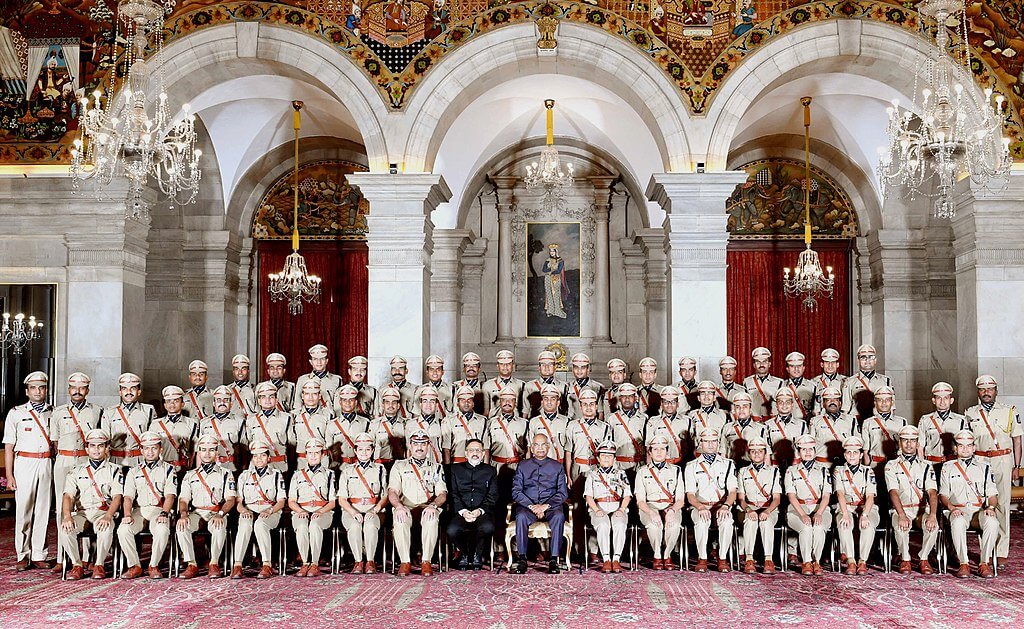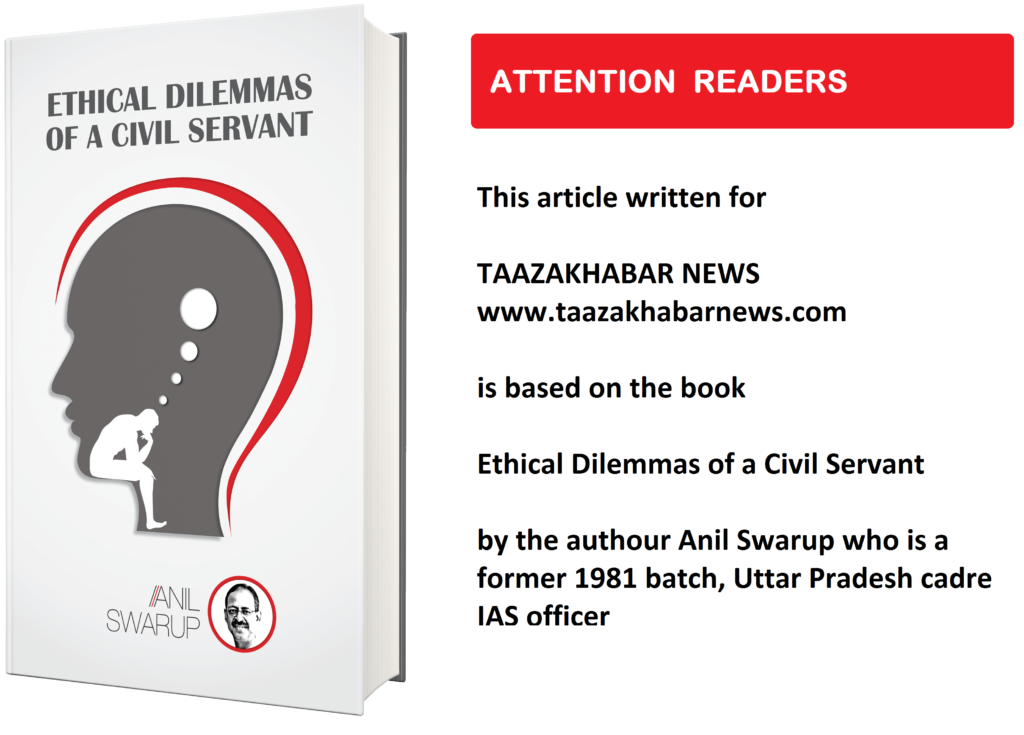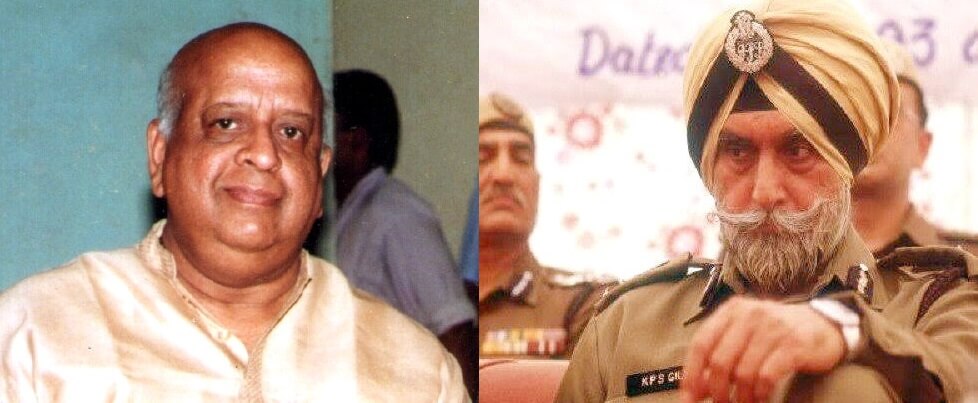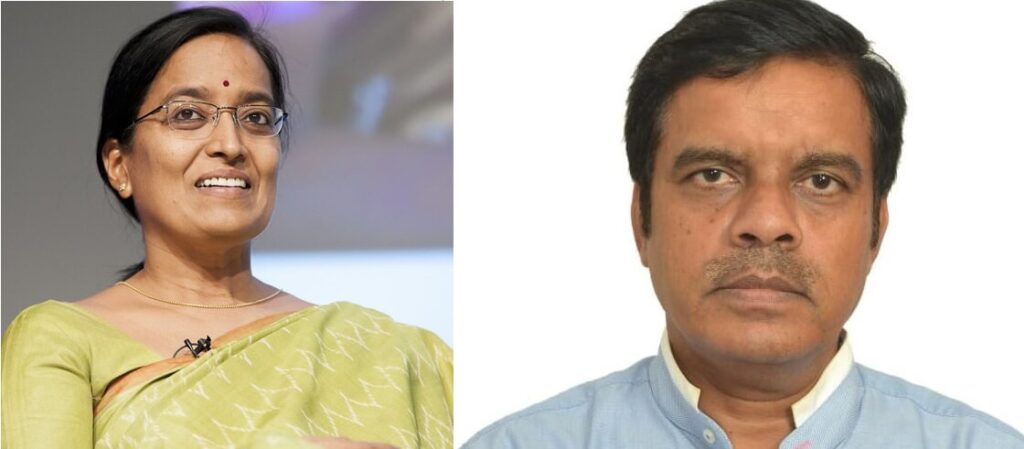“Dikhayee kam diya karte hain, buniyaad ke patthar- Zameen me dab gaye jo, imaarat unhi par kayam hai” (The stones in the foundation remain unseen; but on those buried foundations flourish the monuments seen.)

A civil servant is like the foundation of a grand building that never gets its due credit despite being the “steel frame” that holds the structure together. Unfortunately, the only time a common man gets to know about a civil servant is when things have gone wrong, while his good deeds, usually, fail to earn him recognition. But that is what the civil service is all about.

A civil servant is expected to slog it out invisibly; to do his job irrespective of recognition or plaudits. He will be challenged to rise up to the occasion, time and again. He will be expected to perform commendably even the severest of tasks. For example, he might have played crucial roles in times of grave disasters like the earthquake in Gujarat to the floods in Kerala; however, there is a scant chance for this ‘invisible’ servant to get recognised for his contribution. It is only on some of the rarest of rare occasions when officers like T N Seshans and KPS Gills may get a chance to grab the limelight.

However, this seems to be changing now. Social media seems to be giving voice to a new breed of officers. It is helping invisible civil servants to drop their cloaks of invisibility. It is helping them gain prominence even amidst this ever-evolving complex socio-economic and administrative milieu. In the context of social media, the approach adopted by these officers is pretty clear. Can’t beat them? Join them! Whether it is Twitter, Facebook or any other platform, a large number of civil servants have chosen these to communicate with the world at large.

After all, one must not forget that the civil servant has been at the receiving end for far too long. And with the aid of social media, these new-age officers are trying to bring forth not only facts but also to provide ‘road-shows’ of their ‘achievements’. This exercise can be interpreted to be a part of the larger purpose to combat the negativity that seems to be becoming all-pervasive.
In fact, ‘Nexus of Good’ is a movement that embodies the very ethos of this exercise. It is a movement to identify, understand, appreciate, replicate and scale up good work that is being done by civil servants and society as a whole. The idea is to evolve an alternative narrative to the flagrant negativity that is rampant across media. After all, the true impact of this negativity is its ability to influence the thoughts and actions of a large number of people. The ‘premium’ on good work seems to have been lost in the strident din of high decibels used for promoting negativity.

It will not be hyperbolic to state that the ‘good’ are struggling for recognition and a large number of them are fighting their battles against a much more organised set of ‘negativity mongers’. As the poet said, “The best lack conviction and the worst are full of passionate intensity”!
The quintessential bureaucrat, if there is one, has been left with no option but to change. He has been forced to attempt to come out of his cocoon. And I personally feel that he should change. There is no way he can afford to remain in the ‘ivory tower’; to remain just the ‘silent foundation’. He has to make his presence felt. The question is: How?
Can the civil servants evolve as a group and dispel the apprehensions that the common man has about them? To do that, the members of the civil service will have to be aware of the pitfalls of promoting themselves as individuals. They should also be aware that just glitz and glamour could be counter-productive in the long run. There is absolutely no doubt that most civil servants are individually bright and brilliant when they enter the service. This is on account of the objective and impartial nature of selection to the Services. The problem begins after that. A number of these officers find it difficult to evolve brilliantly as a part of a group. Hence, though a number of them make a name for themselves, frequently, the institutions they manage do not get benefitted. In this sense, social media, or for that matter any media is a double-edged weapon. The key lies in how they use media.

As we look around, we find stellar examples of a large number of institutions that are manned exclusively by civil servants and have done everyone proud. The Election Commission, the Comptroller and Auditor General, the Union Public Service Commission and the Central Vigilance Commission are some such institutions (though the credibility of some of these institutions has been questioned on occasions in the recent past).
Can the new-age civil servants commit themselves to replicating the ethos of these institutions? It may not be easy because the above-mentioned institutions are by and large insulated from political interference. Moreover, these are exceptions and, unfortunately, not the rule. If most of the organisations acquire the ethos of these institutions, the bureaucracy would not have acquired the ‘name’ it has.

There’s no denying that it is extremely difficult to insulate institutions from political ‘interference’. But with the increasing use of technology and the consequent transparency, the ‘ill effects’ of such interference can be mitigated. The political master can be induced to make a much more informed decision. He can be made aware of the implications of his decision in a much more aware and transparent world. A large number of brilliant and committed civil servants are already attempting to do that.

Take for example the likes of officers like Sanjay Agrawal (transformed whichever sector he handled like the Uttar Pradesh Road Transport Corporation); similarly Ajay Bhalla and Vivek Bhardwaj (put in place a transparent and non-reversible regime for coal block auctions); Sutirtha Bhattacharya (Former Chairman, Coal India Limited led to record production of coal in the country); while Ajay Seth, and Naresh Gangwar ‘made things happen’ despite serious limitations.

Both Nand kumar, and Sandhya Rani (transformed school education in Karnataka, Rajasthan, Maharashtra and Andhra Pradesh respectively)
These are just a few instances of the outstanding work those have been done by focused and driven officers. Thankfully the list of such officers is a pretty long one. And there is no doubt that their stories need to be told so that others believe that despite political, social, technological and financial handicaps, individuals can transform institutions and usher in the next level of progress.

These officers have used their individual brilliance to bring about and sustain change. And their success is the proof of concept. The key is first to appreciate the good work that they are doing, understand how they are doing it, and then try and replicate what they are doing. The civil servant does face a dilemma though. There are sacrifices involved and, on many occasions, the choice itself is difficult. And the jury on this is still out!
“Mukhtsarsi zindagi ke ajab se afsaane hain
Yahaan teer bhi chalaane hain, parinde bhi bachane hain.”
(This chosen life has a strange tale to tell
Here arrows must be shot, and the birds saved as well!)


I used to read phantom, the ghost who walk comics a lot. I still am a great fan of this charactor. Still will love to put a hand on his comics or in case any movies are available then will love to show them to my grand children.